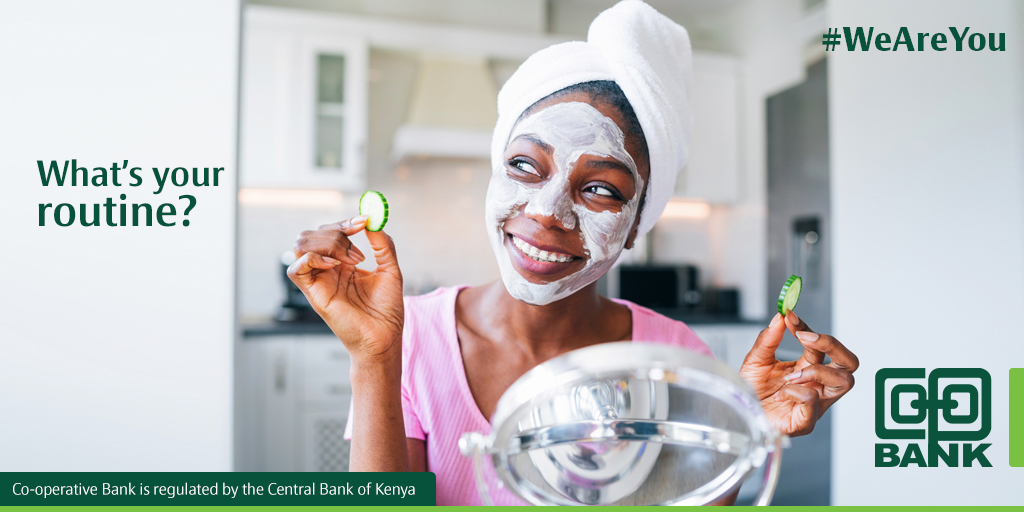How the modern kid’s indifference to the one-shilling coin shows the gradual shift to a cashless money future
Over the years, a lot has changed for the human being. It’s gradual, and subtle but makes for a credible thesis study in the growth and development of the species. Hello, evolution is real – and it’s happening right under our noses.
In the times gone by, man has achieved the upright posture. The process of evolution in that regard has achieved its purpose. The front that’s still developing is the intellectual part, and huge leaps have been achieved.
Take the average kid, perhaps 3 or 4 years old.
The average modern 4-yr-old has mental faculties developed much more than his contemporary from two decades back. He speaks more – better learning abilities. He achieves physical milestones faster and grasps contexts better.
The concept of money, for instance.
The coin would be a huge treat for a kid a decade back, but it’s no longer acceptable. Nowadays, the one-shilling coin is best used as a plaything. They’ve learnt that as an entity it’s almost valueless. While the one-shilling-coin may be useful as a teaching aid in the concepts of finance and money saving culture, kids have grown quite indifferent to it.
As a teaching aid, yes.
An average modern teen in upper elementary school has an advanced vocabulary quota. On the coin issue, for instance, if such a poser came up in an essay – easily name out the sides of a coin.
What are the names of the three sides of a coin?
According to Wikipedia:
“Traditionally, the side of a coin carrying a bust of a monarch or other authority, or a national emblem, is called the obverse, or colloquially, heads. The other side is called the reverse, or colloquially, tails.”
To be fair, though, obverse and its opposite, reverse, refers to much more than the two flat faces of a coin. It also refers to some other two-sided objects like paper money, flags, seals, medals, drawings, old master prints and other works of art, and printed fabrics.
This generational change has largely been influenced by a digital switch which has seen most societal basics slowly shunning the traditional ways. The commerce and industry facets have changed and improved for the better.
Cashless money is now acceptable and subtly encouraged in the onset of the financially-crippling global pandemic, Covid-19. The tangible aspect of trading in cash has been found to be a medium of transmission.
In the dynamic banking industry, players have revolutionized their systems for a more inclusive digital mode of doing business.
Closer home, Co-op Bank has led the banking sector with a revamped, state-of-the-art digital banking platform that not only guarantees data security in business transactions, but also convenient and user friendly.
The New Co-op Internet Banking allows clients to access their Coop Bank accounts from the comfort of their houses for most everyday banking needs. Cash transfers between account in the same bank, or to other banks has never been easier.
Besides, the New Co-op Internet Banking also allows fast payments for utilities like power, water and cable TV bills.
All Co-op Bank clients easily self-register on their mobile devices. Click here for easy steps to self-register.
Alternatively, get to visit the nearest Coop Bank branch for ready assistance to join the digital banking platform.
Stay safe. Go digital.
Related Read: All you need to know about Co-op Bank’s APIs and its positive impact in customer service delivery







